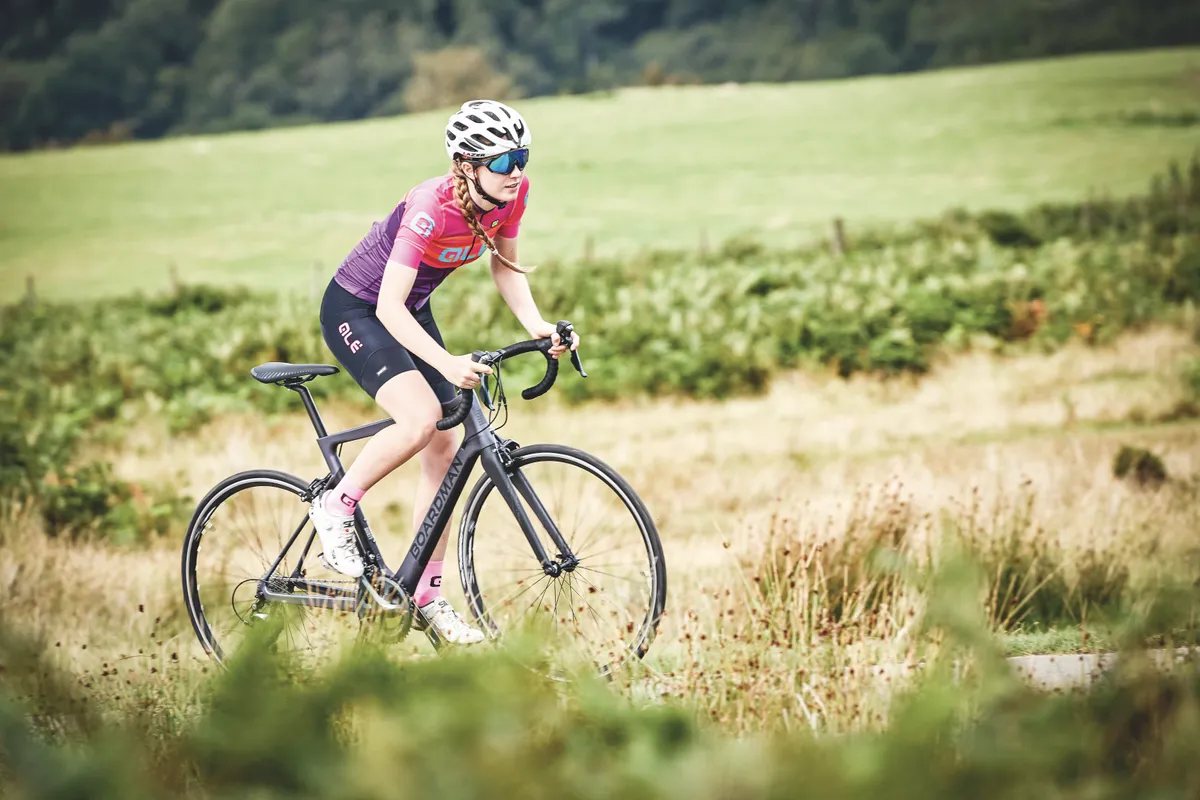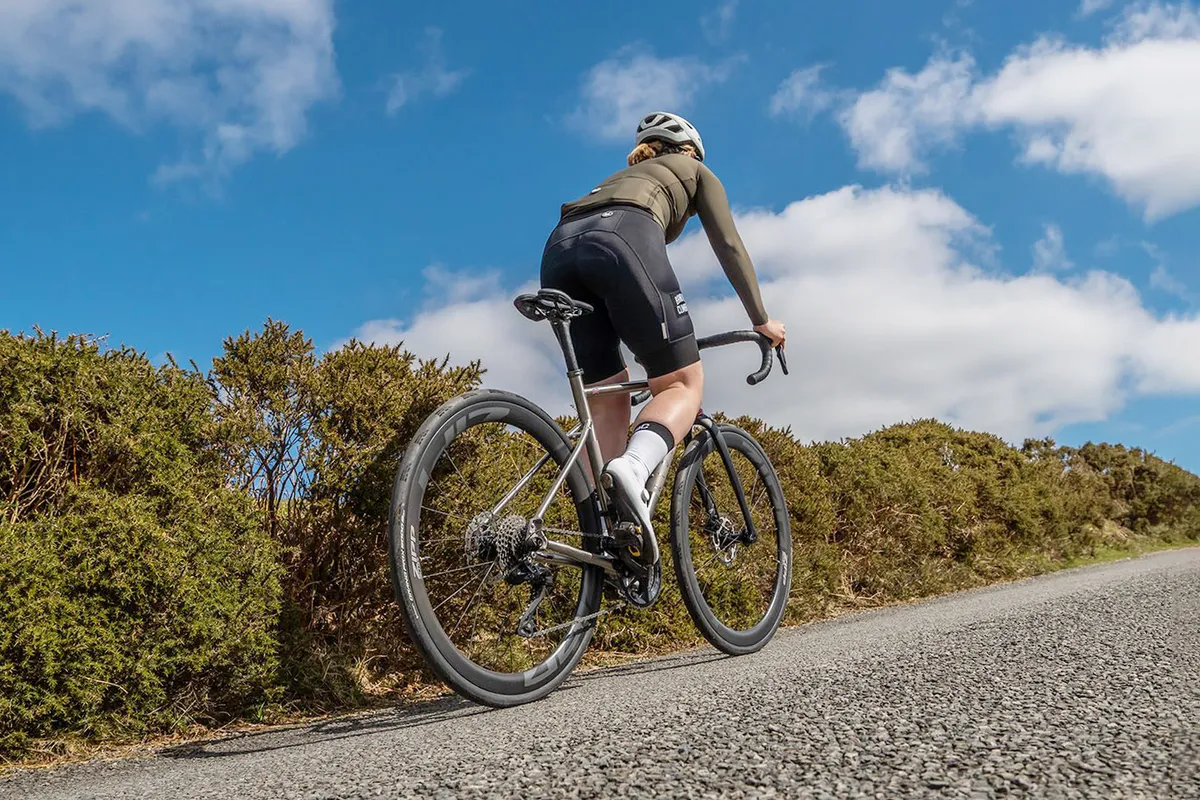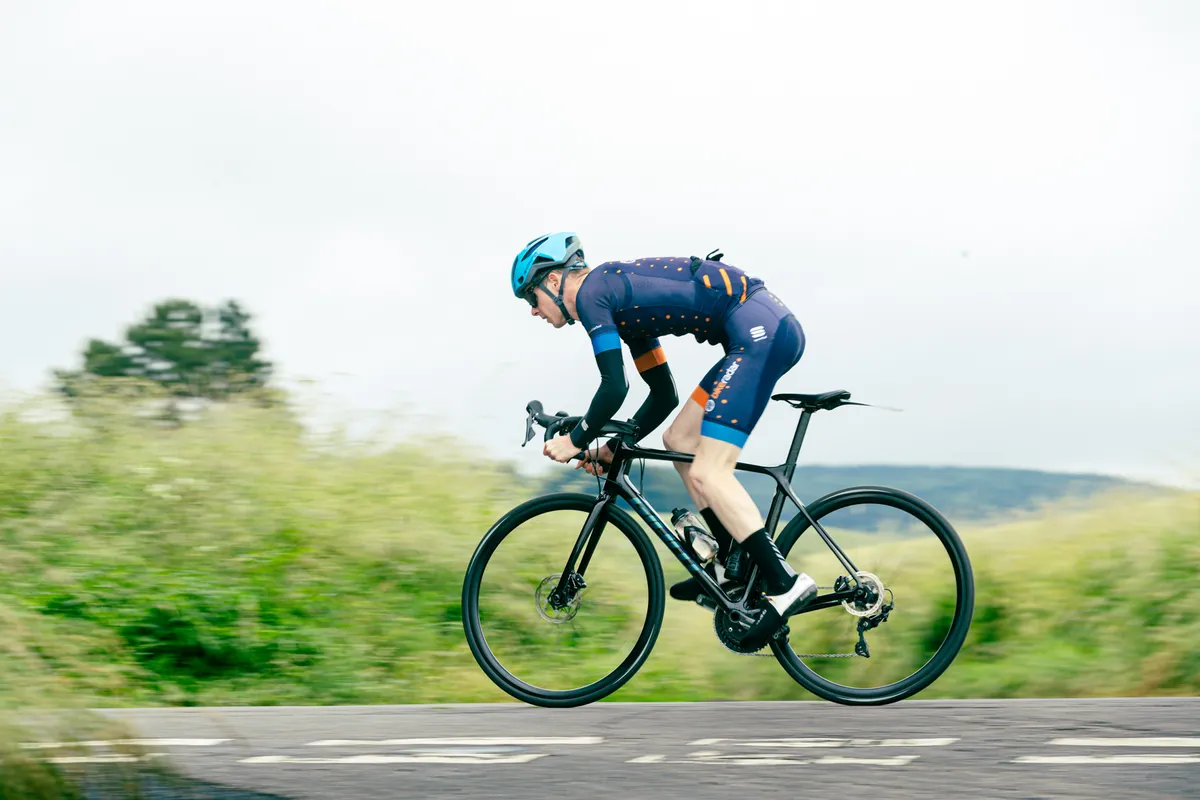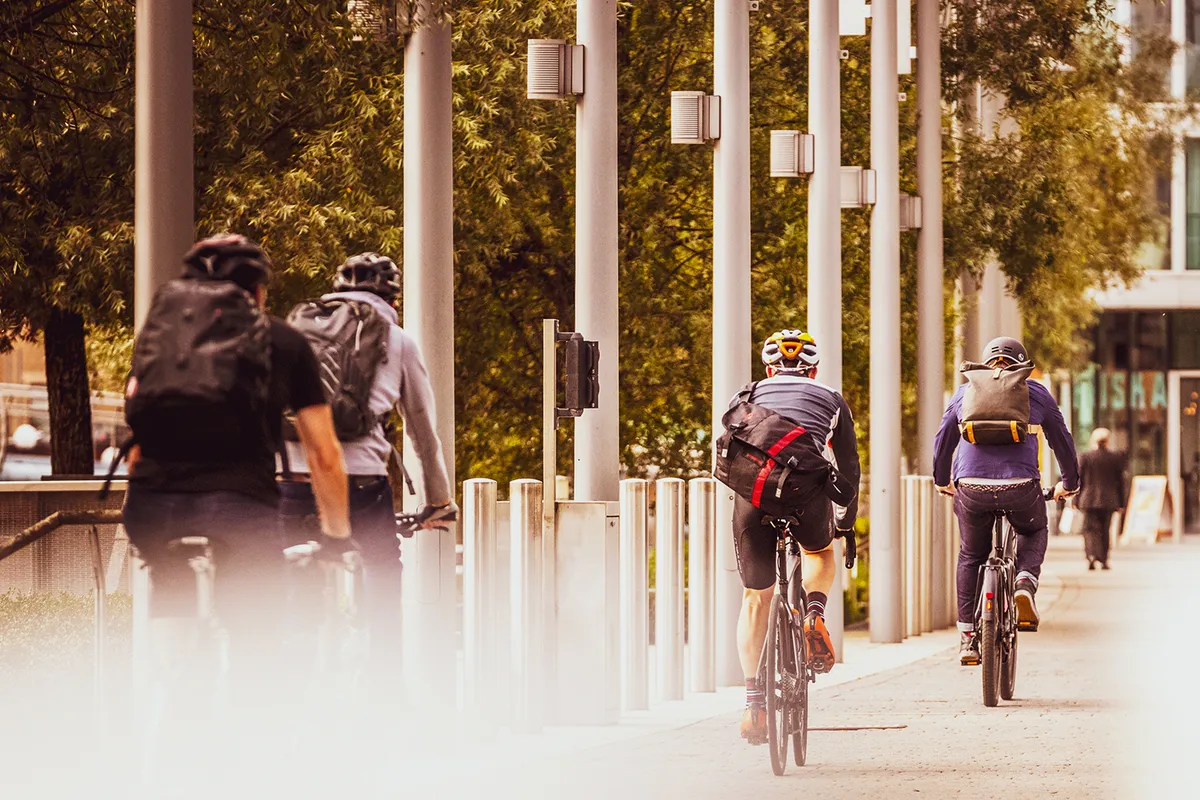With all its terminology and techniques, road cycling training can seem complicated.
But there are only a handful of areas of road bike training you need to focus on, whether you want to complete a sportive or increase your average speed.
In this guide, we identify the key areas of road cycling training:
- Endurance
- Climbing
- Sustained efforts
- Sprinting
- Recovery
We explain why they matter and suggest workouts to improve your ability in each area.
We’ve spoken to coaches Matt Clinton and Pav Bryan, and Wahoo sport scientist Mac Cassin, to simplify road cycling training for you.
5 keys areas of road cycling training
1. Endurance

Cycling is an endurance sport. Even track cyclists will do base training when they’re not competing to improve their endurance and receive the additional benefits of long, slow rides.
Zone 2 riding increases the amount of oxygen you can deliver to your muscles, which helps you ride at higher intensities for longer, and enhances your ability to use fat for fuel, reducing your risk of bonking.
Therefore Bryan, of Coach Pav Cycle Coaching, says almost every rider, not just those targeting ultra-endurance cycling events, will gain from working on their stamina.
Suggested workout
Bryan recommends spending as much time in zone 2 as possible for multiple hours: four to five hours is a good target for amateurs to build towards.
It’s easiest to stay in zone 2 by training with power and tracking watts on your bike computer.
But if you don’t have a power meter, Bryan suggests using a heart rate monitor or rating of perceived exertion while applying steady force to the pedals.
2. Sustained efforts

Time trials are a typical example of a sustained effort, where riders aim to produce a consistent number of watts for a prolonged period of time.
But this area of road cycling training will benefit you if you don’t don a skinsuit.
“It’s definitely helpful if you want to hold onto the group. And if you can sustain an effort you’ll typically be able to hold higher power throughout the rest of your power range,” says Clinton, from Clinterval Coaching.
Suggested workout
Sustained efforts in fast group rides will be around your Functional Threshold Power (FTP).
To improve your FTP, Clinton advises doing sweetspot training, just below the power output you aim to hold for a shorter duration.
He says: “Sweetspot works so well because it’s quite repeatable. You get a fair amount of adaptation but you’re not stressing your body so much you can’t recover.”
As an example session, Clinton suggests a warm-up followed by 2x 15 minutes at 90 per cent of your FTP, with five minutes' spinning in between. Finish with a cool down.
3. Climbing

Few courses or areas are pan-flat, so your climbing ability is important almost everywhere, not just in multi-day mountain sportives, such as Haute Route Davos.
Clinton says: “No one wants to get to the top of a climb and be breathing really hard, even on a group ride.
“Who doesn’t want to be more comfortable, and have more fun, on the climbs?”
And improving your climbing brings other benefits, says Clinton, the 2008 UK National Hill Climb champion.
“If you’re good at climbing, you’ve generally got a good engine and building your engine is crucial to performing in cycling.”
By ‘engine’, Clinton means your ability to sustain power in your principally aerobic training zones.
He says explosive efforts up short, steep climbs demand “high-end cardiovascular fitness”, or a high VO2 max.
Longer climbs can effectively be uphill time trials and are ridden close to your FTP or Critical Power.
On any type of climb, Clinton adds: “It’s all about power-to-weight ratio because you’re fighting gravity.”
Suggested workouts
For longer climbs, Clinton recommends sweetspot training, as outlined above.
But for hill climb training, he suggests VO2 max intervals. Warm up, then do 4x 3 minutes at 110-120 per cent of your FTP with 3 minutes’ recovery between, followed by a cool down.
For more advanced athletes, he prescribes Tabata intervals. Best done on a smart trainer, this type of high-intensity interval training involves 20 seconds of maximal effort with 10 seconds off for four minutes at a time.
4. Sprinting

Non-racers still need to be able to sprint. Sprinting will help you accelerate out of tight corners and get over small kickers without losing momentum, according to Clinton.
“Hitting 1,000 watts in a sprint might not set the world alight, but it should help improve the power you can hold for a minute or two,” he adds.
If you dabble in cyclocross racing, sprinting on the road will also improve your cyclocross skills, such as starts.
Suggested workout
To improve your sprinting, Clinton says repetition of this neuromuscular effort is key.
On an otherwise steady ride, he suggests doing several 30-second maximal sprints every 10 minutes.
However, sprinting for town signs against your mates is a more fun way to improve your explosive power.
5. Recovery

Recovery rides are integral to any good cycling training plan and a clear sign that you’re doing periodised or structured training, according to Cassin, Wahoo’s lead sports scientist.
Short, zone 1 rides flush out metabolic waste products from your muscles that accumulate during interval sessions, according to Clinton.
“You could get away without doing recovery rides, but you’ll have more days off the bike,” he says.
So recovery rides can slightly increase your training volume, which boosts endurance while preparing you for the next hard session.
If recovery rides don’t seem worth kitting up for, you could do one in normal clothes while cycling to work, says Clinton.
Suggested workout
Recovery rides need to be easy. Cassin says 30 per cent FTP for 30-60 minutes is not too gentle.
As Clinton puts it: “You should barely feel like you’re turning the pedals.”
Cassin recommends training with heart rate as well as a power meter during recovery rides to ensure your heart rate remains in zone 1.
